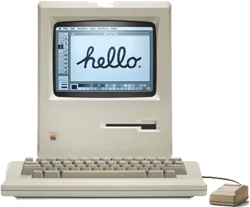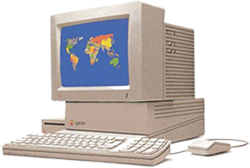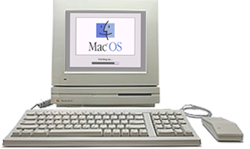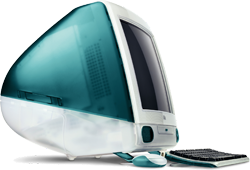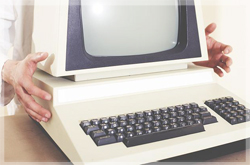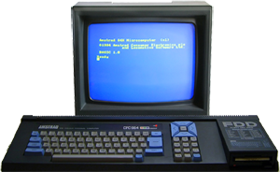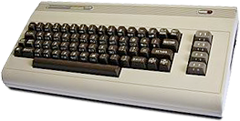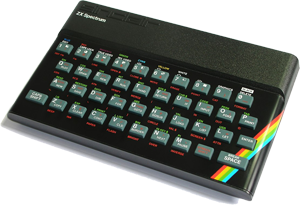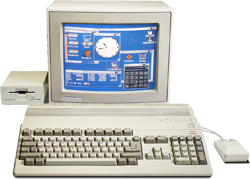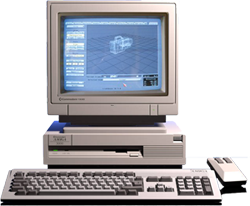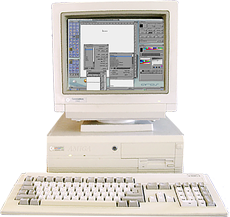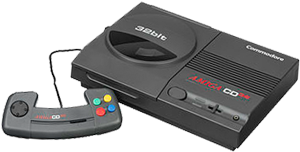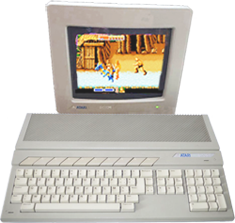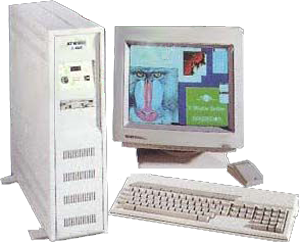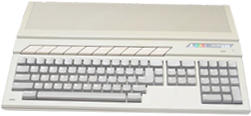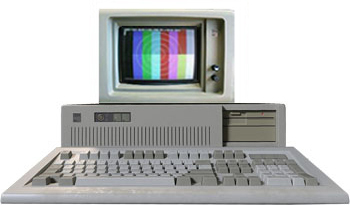The Power of Vintage
Atari Mega
The Business Line of Atari ST Computers: Mega ST Series
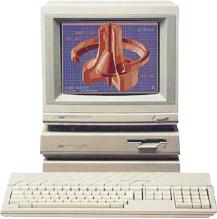
Released in 1986, the Atari Mega ST was a powerful 16-bit personal computer aimed at the business market. The Mega ST gained popularity in desktop publishing (DTP), CAD, and MIDI music production, and sold especially well in Germany. The Mega ST line paired seamlessly with Atari’s laser printers, making it one of the most cost-effective DTP solutions of its time.
- Launch Price: $1,199 (equivalent to ~$3,055 in 2023 money)
- Estimated Units Sold: ~280,000
Atari ST
"Computer Made for the Masses, not the Classes"
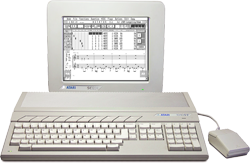
Released in April 1985 for $799, the Atari ST was the first affordable 16-bit computer in the world. Atari’s CEO used to say that the ST is made for the masses, not the classes. Based on the MC68000 CPU, the Atari ST offered a GUI, colorful graphics, and a 3-voice sound chip.
- ST stands for Sixteen/Thirty-two
- The ST line sold more than 2 million units
- Engineered by Shiraz Shivji (who previously worked on the C64 development)
- A feature distinguishing the ST from other computers was the built-in MIDI port and the fantastic Cubase software
Amiga 2000
"A2000 -The Hollywood Star"
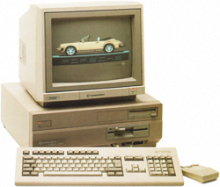
Released in March 1987, the Commodore Amiga 2000 (A2000) was a powerful and highly expandable computer designed for professionals. Based on the Motorola 68000 CPU, the A2000 featured OCS graphics, stereo PCM audio, multitasking, and a graphical user interface, making it ideal for creative, business, and technical applications.
The A2000 was discontinued in 1991, shortly after the launch of the Amiga 3000. With its open architecture and Zorro II bus, it became the platform of choice for organizations like NASA and television studios using the legendary Video Toaster video effects system.
-
Launch Price: $1,495 (equivalent to around $3,800 in 2023)
8-bit Legacy
The Rise of Home Computers in the 1980s
The home computer market surged in the early 1980s, fueled by rapid technological advances and declining hardware costs, making home computers affordable to the average household across Europe and North America.
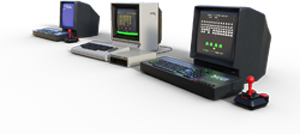
During the first half of the 80s, a wide range of 8-bit machines emerged, primarily based on two CPU architectures: the MOS 6502/6510 and the Zilog Z80.
Table: Popular 8-bit Computers and their CPUs
|
MOS-BASED |
ZILOG-BASED |
MOTOROLLA-BASED |
|
|
|
|
Commodore 8-bit (PET, VIC, 16, Plus/4, C64, and C128) |
Amstrad 464, 664, and 6128 CPC |
TRS‑80 Color Computer |
|
Apple 8-bit (Apple II and III) |
Sinclair's Z80, Z81, and ZX Spectrums |
Thomson Computers |
|
Atari 8-bit (400, 800, XL, and XE) |
MSX/MSX2 |
Sinclair QL |
|
Acorn 8-bit (Master, Atom, BBC, and Electron) |
TRS-80 Model |
|
|
Oric (Oric 1, Atmos, and Telestrat) |
Grundy NewBrain |
|
|
|
Jupiter Ace |
|
|
|
Enterprise |
|
|
SAM Coupe |
Color Classic
"Apple Macintosh Color Classic -Compact Design Meets Color"
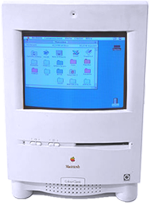
Released in February 1993, the Macintosh Color Classic brought color to Apple’s iconic all-in-one design, blending functionality with a sleeker, modern aesthetic. Priced at $1,399 at launch, the Color Classic remained in production until May 1995, though it continued to be sold in Europe and Japan until January 1998. This was the first compact Macintosh to feature a built-in color display, housed in a curvier, more contemporary case.
![]() AT A GLANCE
AT A GLANCE
- The final model of the original compact Macintosh family
- Display: 10" Sony Trinitron RGB (8.2" viewable)
Page 8 of 10








